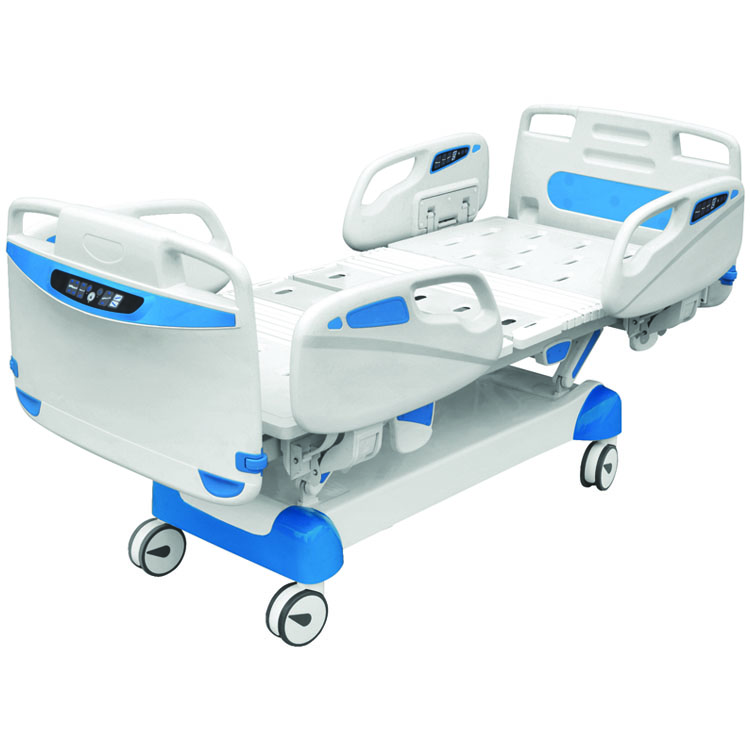An avalanche moves down from a height with a great potential energy, such as falling or falling down from a height of 6,000 meters, so that there is even a layer of air cushion at an extremely fast pace. If you are fortunate enough to fall underneath it, when it has "floated" or "flyed" over you, you may be left in place without being beaten by it. Of course, there will be strong air waves at the front end due to the rapid impact. Therefore, sometimes the avalanche itself does not arrive and the air waves have already rushed all the obstacles on the way forward.
The formation and development of an avalanche can be divided into three parts: the formation zone, the pass zone, and the accumulation zone.
Most of the formation area is in the upper part of the mountain, where there are many thick and thick snow. For example, high snowball slopes, snow slopes with a slope of more than 50-60 degrees, and the topography of the lower part of the glaciers are avalanche formation areas. Experienced alpine explorers should be able to see. The avalanche pass-through zone is immediately below the formation zone and is often a U-shaped channel straight up and down. Due to the often avalanche pass, the slot is still very smooth despite the snow cover. There is basically no large undulations. Or obstacles, up to several hundred meters in length, 20-30 meters in width or slightly larger, but not too wide, otherwise the snow and ice that slide down will not be very concentrated and will not form a large avalanche. The accumulation area is also located immediately below the formation area, where the avalanche is stopped at the foot of the slope due to a sudden slowing down of the slope. The landform is mostly a cone, so it is also called an avalanche cone (or avalanche stack). .
Avalanches can be classified as dry avalanches, wet avalanches, or powder avalanches and block avalanches. Their formation and occurrence have different geomorphological and climatic conditions. In general, the snow has just stopped, the snow on the mountain has not yet melted before it melts, or before the melted water has infiltrated into the lower snow and then freezes, the snow is “dry†and “powderâ€. When this kind of snow avalanche occurs, air cushions are easily formed on the bottom layer of the air. When an expedition team encounters such an avalanche, people can be trapped in an avalanche and fly down with an avalanche.
The occurrence of avalanches also has spatial and temporal patterns. As far as the Chinese mountains are concerned, the high mountains on the southwestern border, such as the Himalayas, Nyainqentanglha Mountain, and the Hengduan Mountains, are dominated by the Indian monsoon, with the exception of the rainy season (May-October) and the dry season (January-April). Precipitation is abundant throughout the year, and winter and spring snowfall and snow accumulation are also abundant in the upper part of the mountain. Therefore, it is prone to avalanches. In addition, in the Tianshan Mountains and the Altai Mountains, due to the effects of the Arctic Ocean's polar air masses, there are also many precipitations in winter and spring, so the avalanche is also more frequent this season.
The Avalanche Observation and Research Station, a specialized institute for the study of avalanches at the Chinese Academy of Sciences, is located in the central part of the Tianshan Mountains. Winter snow and avalanches in the central Tianshan Mountains often block mountain roads. The aforementioned frequent avalanches in Nyainqentanglha Mountain and Hengduan Mountains are also one of the important sources for the development of modern glaciers. Of course, choosing the right time for climbing in this area is more demanding. At the same time, in the mountains of the Kunlun Mountains, Tanggula Mountains, Qilian Mountains and so on in the west of China, the precipitation is relatively small, there is no obvious drought, the rainy season is divided, the avalanche may be relatively small, and the right time for mountaineering is also selected. It is more affluent. In addition, the relatively low height of these inland mountains is generally between 1000-1500 meters, so the slope of the mountain is also relatively moderate. The aforementioned Himalayas and the Karakoram Mountains are truly high in the mountains, with a relative height of 3,000 to 4,000 meters or even 5000 to 6,000 meters. Therefore, the mountain slope is relatively steep, and the possibility of avalanche and potential energy for avalanche are even greater.
The physical principle of the avalanche is very simple. The snow on the hillside receives two forces: one is the gravitational force of the earth and the other is the cohesion of the snow. Between these two forces is a tug-of-war battle between you and the United States. Earth's gravity attempts to pull the snow down the slopes, and the cohesion of the snow makes the bodies stick to each other and stay on the hillside.
Electric Hospital Bed
1.Frame :high quality section steel welding,The surface electrostatic spray, durable, beautiful and generous.
2.Bed panel is made of molding cold rolled steel, surface electrostatic spray, corrosion resistant, easy to clean.
3.Head & foot board:use ABS high quality engineering plastics and stainless steel pipe, lined with fireproof board, beautiful appearance, soft color . easy to removed.
4.Caster:use Taiwan Shi Ke Rui control wheel,No noise, Convenient mobile, four wheel synchronous braking system, lock solid.
5.Guardrail: ABS lift rail
6.Motor : Taiwan LINKAN motor



